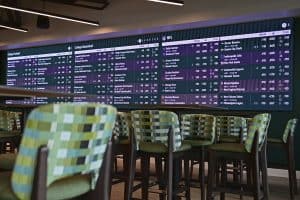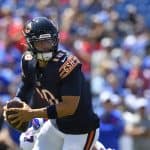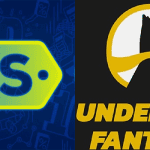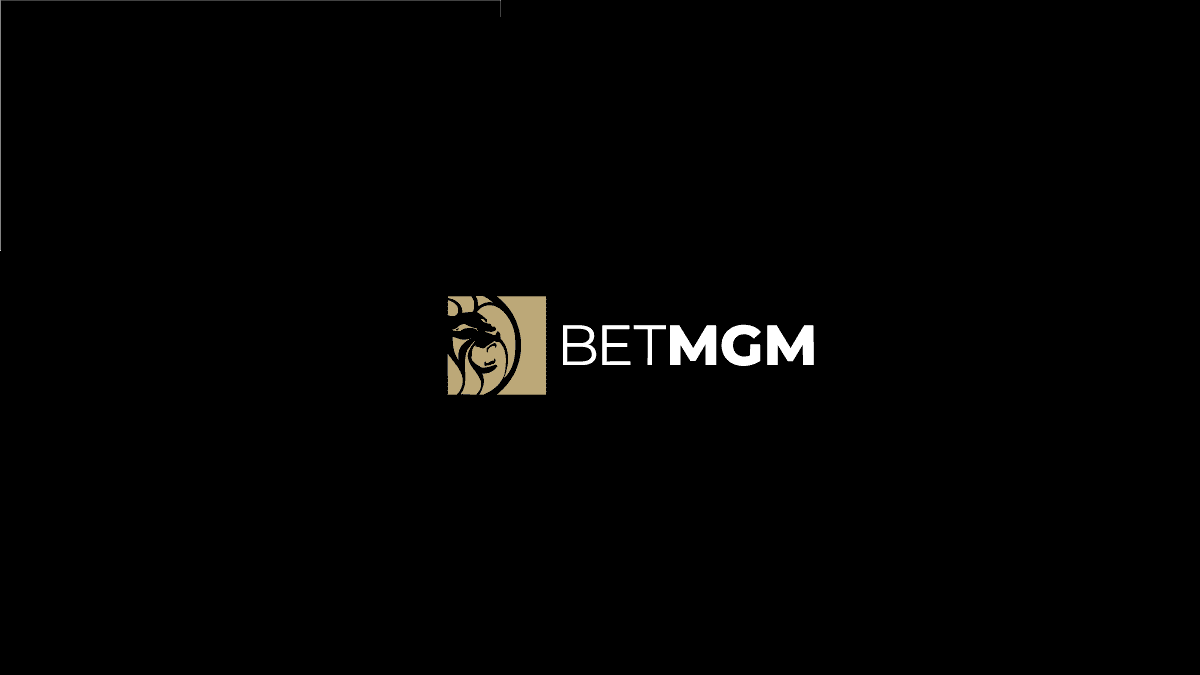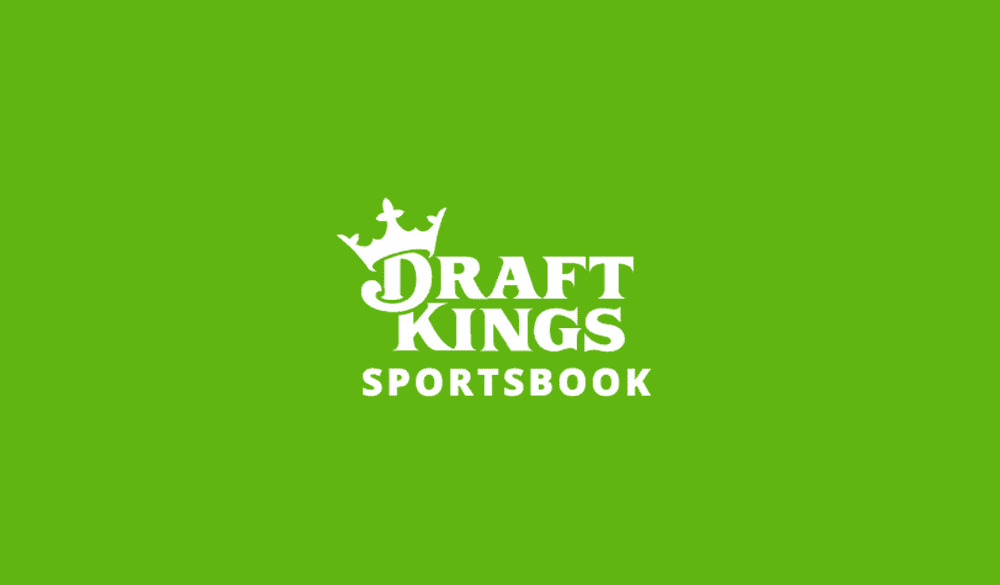Reverse line movement is one of the most talked-about concepts in sports betting, but it’s also one of the most misunderstood. Bettors often assume that reverse line movement is a direct indicator of sharp money, but the reality is more nuanced. In this article, we’ll define reverse line movement, explain why it happens and show how to determine whether it truly signals sharp money betting or if it’s a false lead.

Expand your bankroll and boost long-term profitability with Portfolio EV. Discover more +EV bets with a FREE TRIAL — visit our Portfolio Betting page today!
Reverse Line Movement: Secrets of Sharp Money Betting
Reverse line movement occurs when the betting line moves in the opposite direction of the majority of bets. For example, if 75% of public bets are on Team A at -6 but the line moves down to -5.5 or -5, that’s an indication of reverse line movement. The implication is that sharp bettors — or those with a proven track record of winning — are betting heavily on the other side, forcing sportsbooks to adjust the line.
Why Does Reverse Line Movement Happen?
Reverse line movement primarily occurs because sportsbooks respect sharp bettors more than public bettors. When a sportsbook takes large bets from professional or sharp bettors, it may adjust the line even if the overall percentage of bets favors the other side. Here are the main reasons reverse line movement happens:
- Sharp Money Influence: Sportsbooks react to respected bettors who wager significant amounts, even if public bettors are overwhelmingly on the other side.
- Market Overreaction: Sometimes, sportsbooks set lines anticipating public perception and adjust them based on sharp action.
- Injury or Weather Adjustments: Late-breaking news may cause reverse line movement if sharps have better access to information before it’s widely reported.
- False Signals: Not all reverse line movement is created equal — sometimes, line movement can be the result of sportsbook positioning rather than true sharp action.
How to Determine if Reverse Line Movement Signals Sharp Action
While reverse line movement can indicate sharp money, blindly following it is not a winning strategy. Here’s how to determine when it’s legitimate and when it might be misleading.
Compare Line Movement Across Sportsbooks
Sharp money influences market-making sportsbooks first. If only one book is moving a line while others hold steady, it may be due to internal liability rather than sharp action. Check respected books like Circa and Pinnacle for confirmation.
Follow Betting Percentages vs. Money Percentages
A useful trick is to compare the percentage of bets to the percentage of money on a team. If a team is getting 25% of the bets but 50% of the money, that often indicates sharp action. If reverse line movement aligns with high money percentages on the less popular side, it’s likely sharps moving the line.
Look for Consistency in the Market
If multiple sharp sportsbooks are all moving the same way, that’s a stronger indicator of sharp money than if just one book adjusts the line. Discrepancies in line movement across books can sometimes indicate hesitation rather than conviction.
Monitor Betting Limits and Timing
Sharps tend to bet when limits are highest, usually closer to game time. If reverse line movement happens early in the week with low limits, it might be public money or a sportsbook adjusting for liability. If it occurs late with higher limits, it’s more likely to be sharp-driven.
Account for Public Betting Influence
Certain games will always draw heavy public action (like a primetime NFL game with a popular favorite). In these cases, reverse line movement is more meaningful because sportsbooks are adjusting against overwhelming public action. In smaller-market sports, reverse line movement can sometimes be the result of one or two large bettors rather than broad sharp consensus.
Get Portfolio EV for FREE! Follow these simple steps to unlock elite sports betting tools:
- Choose a Partner – Sign up with one of our trusted partners.
- Deposit & Bet – Fund your account and place your first wager or pick’em entry.
- Take Screenshots – Capture your welcome email and first settled bet.
- Claim Your Access – Email the screenshots to support@oddsshopper.com, and we’ll grant you free access!
That’s it! Start your free month of Portfolio EV today and elevate your betting strategy.
When Reverse Line Movement Can Be a False Signal
Not all reverse line movement is useful, and sometimes it can mislead bettors. Here are some situations where you should be cautious:
- Public Steam Moves: Sometimes, the public moves lines aggressively due to hype rather than sharp action.
- Injury Uncertainty: If a key player’s status is unclear, the line may move based on speculation rather than informed sharp action.
- Sportsbook Liability: A sportsbook with an unusual amount of exposure on one side may move the line for balance rather than sharp influence.
- Market Drifting: In some cases, lines move simply due to organic market adjustment rather than a deliberate sharp play.
How to Use Reverse Line Movement in Your Betting Strategy
To successfully use reverse line movement as part of your betting strategy, combine it with other factors:
- Compare with Other Betting Indicators: Use Portfolio EV to find +EV bets where reverse line movement aligns with sharp betting data.
- Follow Respected Market-Maker Books: Look at how lines move at books known for taking sharp action.
- Bet on Sports with Market Inefficiencies: NFL and NBA markets are efficient, but smaller leagues (NCAA, NHL, etc.) can offer better reverse line movement-based opportunities.
- Track Your Own Results: Keep records of when you followed reverse line movement and whether it resulted in positive closing line value (CLV) over time.
Conclusion
Reverse line movement can be a powerful tool, but it isn’t a guaranteed way to find sharp money bets. The best bettors use it as one piece of a broader strategy, combining it with line shopping, betting percentages and market analysis. By understanding why lines move and how sportsbooks adjust to sharp money, you can make smarter betting decisions and avoid being misled by false signals.









